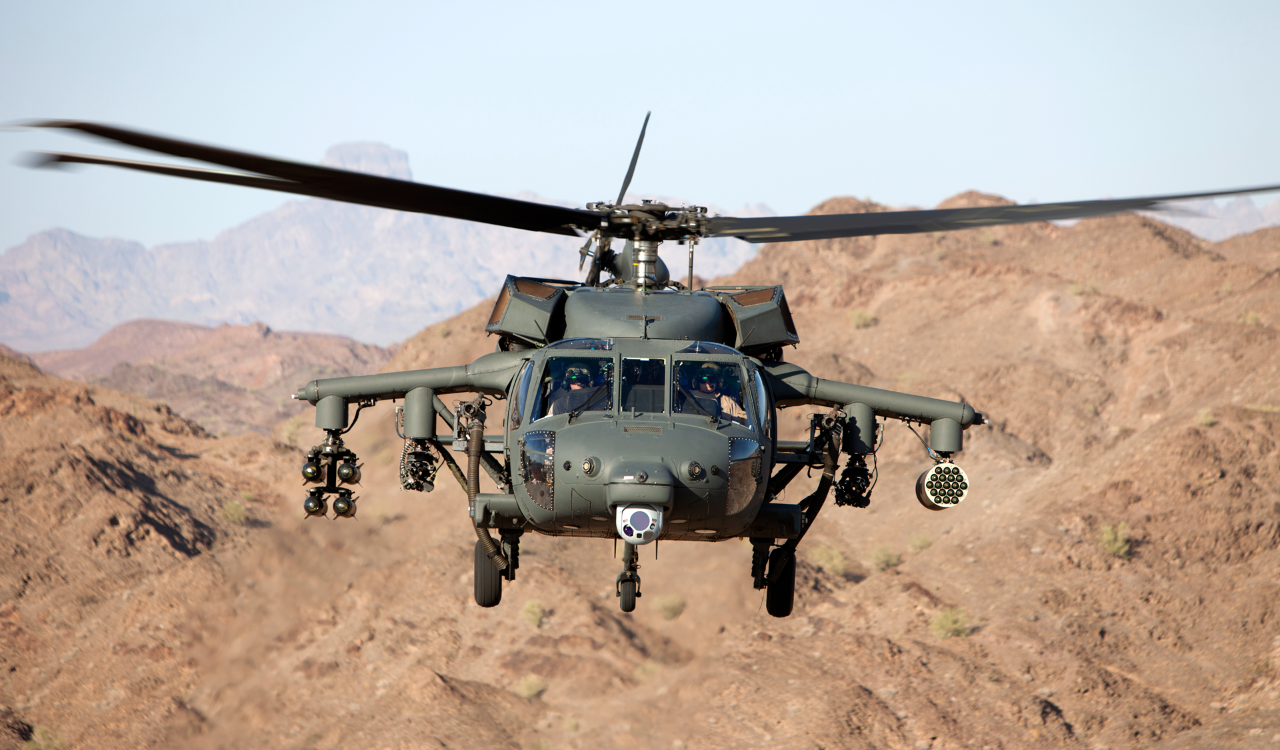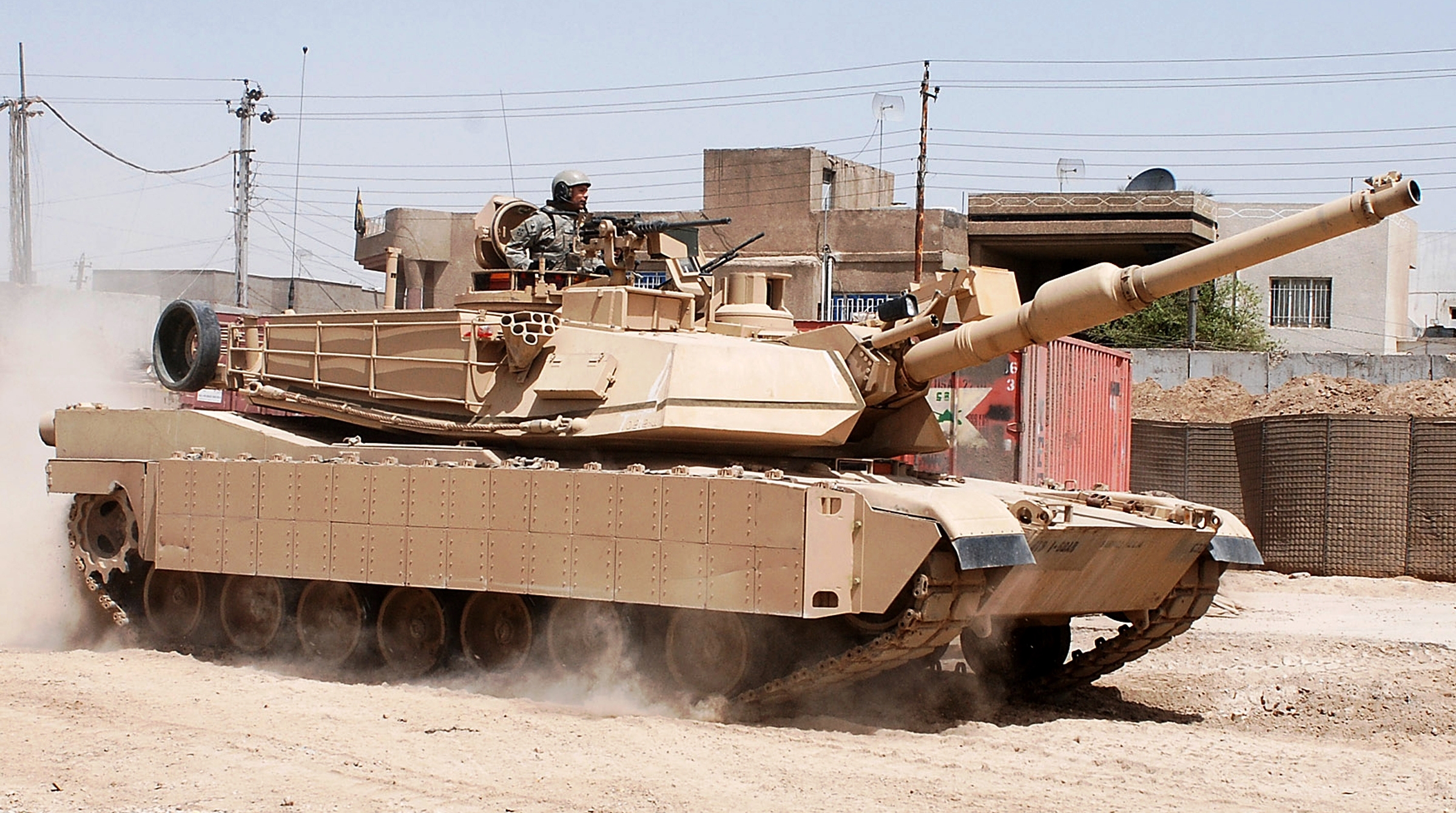In a bid to determine the potential role of 3D printing in its future supply chain, the U.S. Army is disassembling a UH-60 Black Hawk helicopter to 3D scan each of its individual components – all 20,00 of them.
Originally announced back in May, the teardown project led by researchers at Wichita State University is now well underway with a number of new developments. The idea is that the collection of scans can be used to create a digital twin of the Black Hawk, a sort of 3D printable catalog of all of its components. The Army can then reverse engineer and 3D print some of the older, more niche spare parts that may be experiencing supply chain difficulties. The armed forces have also revealed plans to extend the project to beyond just the Black Hawk.
Maj. Gen Todd Royar, commander of Army Aviation and Missile Command, states: “We’ll evaluate every part, and not every part is necessarily going to be optimized for advanced additive manufacturing. But our intent is to literally go through all of our parts, starting with the UH-60, because those are the first ones we’ll have the 3D files for.”

Beyond the Black Hawk
While the full set of Black Hawk models should be complete within the next couple of months, the greater challenge is determining which of the parts are suitable for 3D printing and hard-hitting combat situations. The Army will have to test each part to ensure it meets not only the armed forces’ requirements, but also the FAA’s requirements in the case of the helicopter.
Royar adds: “Once you have a 3D model, it’s relatively easy to print something. But ensuring it meets our qualification standards is hard. You have to take into consideration, for example, what the metal was made of and what alloy was used. And if I put it into a 3D printer, does that printer have the right tolerances? Is it repeatable every single time to get it within those tolerances?”
Following suit, a number of other Army divisions are conducting similar ‘inventory reviews’ to determine their levels of 3D printability. The Army Communications-Electronics Command has already evaluated around a third of its inventory, which is 98,000 strong, and identified 237 parts suitable for additive manufacturing. Similarly, the Army Tank and Automotive Command (TACOM) is also in the process of identifying 3D printable candidates but has only identified one so far.
Brig. Gen. Darren Werner, TACOM’s commander, adds: “We’re also looking at things that could be remanufactured or improved or repaired using our Mobile Welding and Shop Set (MWSS), which has a five-axle cutter as well as a polymer printer inside the container that can be forward deployed. So we’re looking at methods that can integrate the repair of parts as well.”

Other applications of the digital twin project
Even if a part does not end up being 3D printable, the Army has contingency plans in place for a number of applications. First of all, a digital model can be extremely helpful in predictive maintenance, whereby computational simulations can be used to predict when a replacement may be due. The 3D models can also be used in VR training for soldiers, enabling them to assemble portions of weapon systems in a virtual environment.
Of course, a large database of sensitive weapons schematics does have its downsides, as it will probably be a hotspot for cyber attacks. The Army has stated that it intends to leverage a set of layered defenses to counteract this, with some models even being stored completely offline on local devices.
This is certainly not the first time the Army has turned to 3D printing technology. Researchers from the US Army Aeromedical Research Laboratory have previously used 3D printing to produce and test customizable earplugs for its soldiers. The army scientists’ novel technique for producing ear protection could be deployed to prevent hearing loss among members of the armed forces on the battlefield.
Elsewhere, the Army has previously discovered a method of predicting the performance of 3D printed parts by detecting and monitoring the wear and tear of maraging steel through sensor measurements. In line with the digital twin project, the measurements can help the military predict when parts will degrade or fail, allowing them to prepare replacements in a timely manner.
Subscribe to the 3D Printing Industry newsletter for the latest news in additive manufacturing. You can also stay connected by following us on Twitter and liking us on Facebook.
Looking for a career in additive manufacturing? Visit 3D Printing Jobs for a selection of roles in the industry.
Featured image shows an M1 Abrams tank under TACOM. Photo via US Army.



